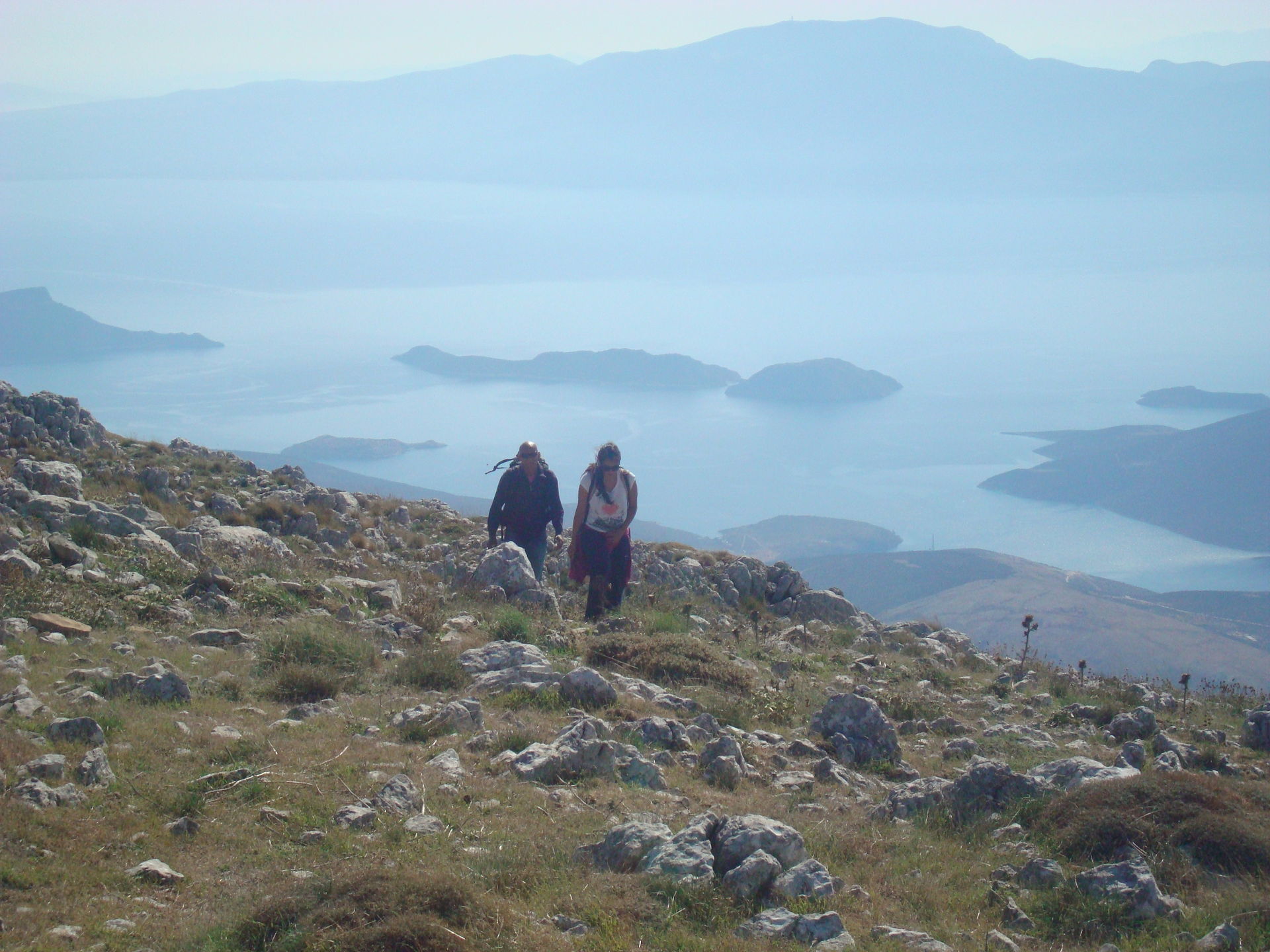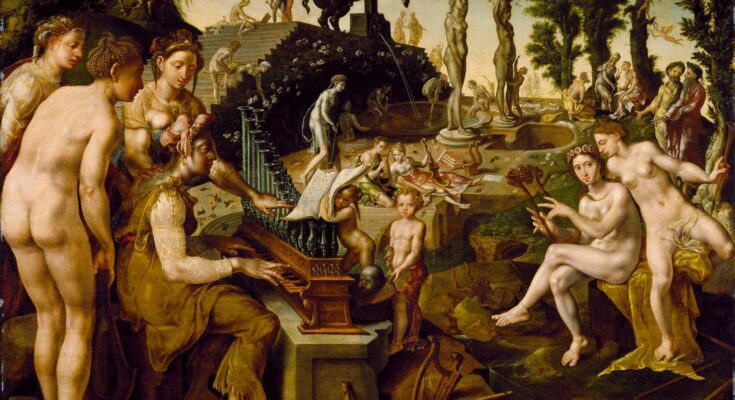The eastern slopes of Mount Helicon have been known as the Valley of the Muses since ancient times. They were the site of an ancient Greek sanctuary where, since the 3rd century B.C., the Thespians would organize Mouseia festivals in honor of the nine Muses every five years.
According to ancient Greek mythology, the Muses are the sources of inspiration for all of the arts and of knowledge. The daughters of Zeus and Mnemosine were the romantic companions of Apollo’s entourage of gods.
The Muses began their lives as nymphs that manifested as whispers in the ears of those who invoked them. The ancient writer Hesiod describes how Osiris, the god of fertility, then called upon the nymphs to travel across the world as the nine Muses: Calliope, Clio, Erato, Euterpe, Melpomene, Polyhymnia, Thalia, Terpsichore, and Urania.
The Muses were integral to the artistic development of ancient Greece. The poets attempted to summon the Muses, who, they believed, would respond by giving them inspiration for their work. The ancient Greeks worshiped the Muses until Christianity became the dominant religion in Europe.
Each of the Muses is associated with her own unique form of art and knowledge.
Valley of the Muses was home to cultural celebrations

The valley is located in Thespies, Boeotia, which belongs in Central Greece. The earliest known records of the Nine Muses are from Boeotia, the homeland of Hesiod, the ancient poet.
These celebrations saw artists, musicians, and poets arriving from every corner of Greece to stage tragedies and comedies, kithara recitals (using a lyre-like instrument), satiric poetry readings and epic performances.
During the second and first centuries B.C., different games to honor the Roman emperor were introduced. From that moment on, these festivals were called Great Kaisareia, and the Muses were no longer the first ones to be honored, but rather the emperor—mainly, of course, because he was in charge of sponsoring the celebrations.
The first archaeological finds in the area go back to the late 1880s when the rectangular foundation of the small altar of the Muses was found in the small church of Agia Triada.
Remains of the theater were discovered on the mountain slope, as well, while antiquities retrieved later on allowed researchers to determine the types of buildings the sanctuary was composed of.
A theater probably dating back to the third or second centuries B.C. was specifically built for the games taking place during the Mouseia. The slope of the mountain was used as part of the sitting area while the first row of seats was made of marble.
A long stoa, or colonnade, of the Ionic order, which was ninety-six meters long, was built to contain the votive offerings to the Muses. It used to have internal walls which were later on replaced by Corinthian columns.
The small altar of the Muses, also thought to be a temple, consisted of a small rectangular building dating back to the same time period as the theatre.
Nine platforms of the statues of the Muses were also there at one time, five of which are inscribed with the names of Muses.
The entire valley was dominated by a square tower from the fourth century B.C. The so-called Tower of Askri, standing atop Pyrgaki Hill, was probably built by the Thespians (before the battle of Leuktra in 371 B.C. ) to control the movements of the Thebans.
The Valley of the Muses is easy to visit. As an open-air site, it is permanently open and is located close to the village of Askri. For further information, please visit the website for the valley. While in the area, the Archaeological Museum of Thebes is also certainly worth a visit.



